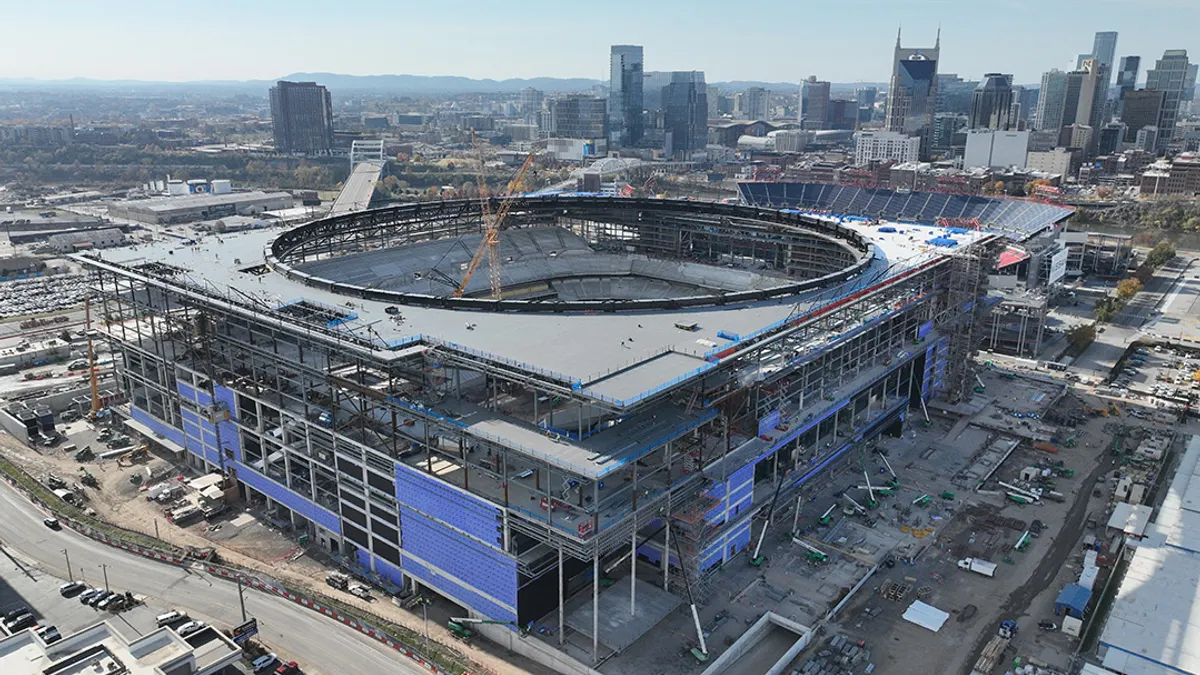It’s no secret that owning and managing vehicles keeps getting more expensive for construction businesses. What’s harder to uncover is total cost of ownership (TCO), and ways to lower that amount, especially with cost pressures coming from all directions.
Rising costs have a cumulative effect
An obvious source of financial strain is purchasing vehicles. Unfortunately, light-duty trucks such as pickups have seen significant cost spikes in recent years. Delivered prices for factory orders have surged 51% since 2021, while commercial auto insurance costs climbed in 2024 and show no signs of dropping.
Maintenance is also increasingly expensive. A combination of workforce shortages and supply chain challenges has sent labor, materials, and parts prices soaring. Other fleet management costs are harder to quantify but can impact the bottom line, like when a truck breaks down, causing unanticipated downtime and delays.
The time involved in fleet management — making acquisition and maintenance decisions, and handling seasonal or market fluctuations — is another invisible cost that adds up. “Not many construction businesses have personnel solely dedicated to managing their fleet,” says Billy Dobosz, Assistant Vice President at Enterprise Fleet Management. “Typically, those decisions fall on the shoulders of someone with a host of other responsibilities.
Snap decisions can be costly in a capital-intensive industry like construction, where expenses are financed upfront but full payment is contingent on project completion. Businesses may try to help cash flow by delaying big expenditures such as vehicle purchases. But if an aging truck is totaled or needs a cost-prohibitive repair, they’re forced to act quickly — or risk losing the contract and damaging the company's reputation.
“With a reactive fleet plan, they’re making decisions based on whatever the need is today,” Dobosz says. “But to truly be efficient with your capital, you’ve got to have a plan going forward.”
3 keys to reducing fleet costs
Owning all your vehicles outright poses one set of costs and burdens, but businesses may hesitate to move to exclusively renting and leasing on an ad hoc basis. Many contractors don’t realize there are alternative ways of managing their fleet that allow them on-demand access to the vehicles they need with less risk and lower overhead.
Consider the following three tactics, which, when combined, can help reduce your TCO while increasing vehicle efficiency and reliability.
1. Develop a flexible fleet model tailored to your business.
A strategy that gives your company access to vehicles through multiple sources — leasing, owning, and renting — balances the risks and uncertainties of vehicle management. “One of the biggest hidden costs of an ownership model is not having the right number of vehicles,” says Gordon Welsh, Corporate Business Development Manager at Enterprise Truck Rental. “Many construction companies have capital tied up in assets they aren’t using efficiently.”
A hybrid plan that includes rentals and leases can ease cash flow concerns by helping a company optimize its asset mix. This approach can also boost safety, an all-important consideration in the construction industry: Companies can trade in vehicles in the event of a recall or other safety issue, or use early trade-in offers on leased vehicles to swap for a newer model with enhanced safety features.
Easy access to rentals not only enables contractors to bridge the gap during a recall or repair, but it’s also a way to seize short-term and seasonal opportunities that require vehicles for a short period of time.
2. Make maintenance affordable and seamless.
A comprehensive maintenance program also contributes to safety by monitoring upkeep needs and providing preventive maintenance scheduling. It’s an important strategy for tackling the hidden costs of ownership.
“A company that manages its own maintenance might pay unnecessarily high amounts,” Dobosz says. “By going it alone, they’re missing out on the negotiated rates unlocked by a mobility partner’s strategic relationships with maintenance providers. That’s a typical hidden cost in an ownership model, because many don’t realize such cost savings are possible.”
With a managed maintenance program, upkeep costs are baked into the contract, and repair prices are typically much lower than retail rates as partners benefit from a larger footprint.
Telematics — smart equipment monitoring technology incorporated into the vehicle — can further improve maintenance costs by giving contractors real-time insights into vehicle health and usage. Those insights allow for a proactive approach to maintenance that can lead to fewer surprise breakdowns, better cost control, and improvements in overall fleet efficiency and performance.
3. Stop reacting and start predicting.
With a well-managed fleet, maintenance is preventive and planned, not just a reaction to problems. However, managed maintenance is just one aspect of proactive fleet management. Having ready access to historical data through a mobility partner can help companies plan more effectively.
“By identifying patterns, we help customers plan ahead, not just respond to issues,” says Brett Vandermeulen, Director of North American Truck Rental for Enterprise Mobility. “For example, if some trucks have higher mileage than others, we recommend ways to shift them around to slow the depreciation and maintenance cycles. Being proactive is cheaper and less intrusive to the business in the long run.”
Having access to the right mix of vehicles and solutions can help businesses plan ahead, especially with the right partner. Enterprise draws from expertise in the rental business and vast amounts of historical data to help companies plan more effectively. “We’re the world’s foremost experts in putting the right vehicles in service and keeping those vehicles compliant and on the road,” Welsh says. “We take what we’ve learned about managing a fleet of vehicles in a rental branch and apply that to our commercial customers.”
Complete mobility solutions from a single partner
Enterprise is uniquely positioned to support construction businesses’ unique needs with a complete range of services and solutions that work seamlessly together in any combination needed, whether it's full fleet management, seasonal truck rentals, or any other business mobility needs. Enterprise Fleet Management provides long-term leasing, maintenance, and lifecycle planning for owned or leased assets, while Enterprise Truck Rental offers flexible access to trucks and vans for short-term or seasonal needs. Flex-E-Rent from Enterprise Truck Rental is designed as a flexible middle ground between short-term rentals and full leasing or fleet management programs.
Although Enterprise has national reach and access to a vast network of vehicles, customers also enjoy the benefits of a local footprint. “We live and work in our customers’ communities,” Dobosz says. “We understand their goals and objectives, what keeps them up at night, and what’s important to them. They know they can call us anytime, because our job is to put the right information in front of them so they can make the best decision.”
To learn more or discuss your vehicle needs with a local expert, go to Enterprise.com.










